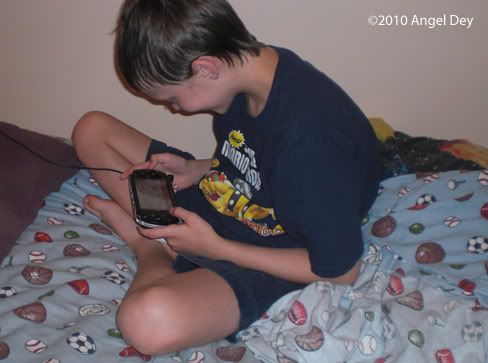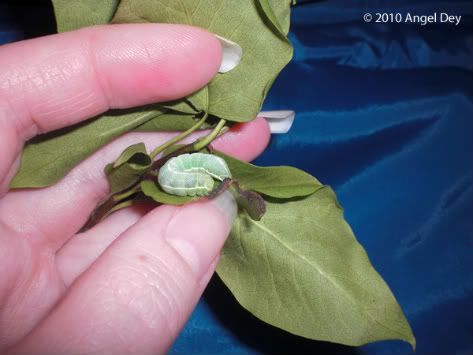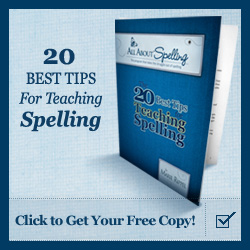What is unschooling?
To try to define unschooling and put rules and labels on it undermines what unschooling is all about.
At it's most basic, unschooling is child-directed learning. That's the only "rule".
But the concept of "child-directed learning" is left up to interpretation by the families who are practicing it. If you asked 20 unschooling families what unschooling is, you would get 20 different answers, though they would all be focused around letting the children decide their education.
The many definitions of unschooling
Listed below are a few ideas of what unschooling is. They are quite philosophical, but all part and parcel of what it means to live the unschooling lifestyle.
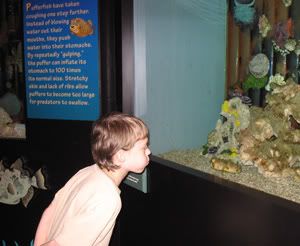 • Unschooling is taking away the brick walls that public schools force on our children, allowing them not to be tethered to other people's assumptions of what they should know.
• Unschooling is taking away the brick walls that public schools force on our children, allowing them not to be tethered to other people's assumptions of what they should know.• Unschooling is allowing the children to free their thinking so they may learn more and more rapidly without the restrictions of a conventional education holding them back.
• Unschooling is not about content, plans or a curriculum. It is about the process of learning. Learning happens whether it's part of a plan or not.
• Unschooling is letting a child's natural curiosity lead him or her on a path of learning. Bring as much of the world as we can into their lives, then get out of the way.
Is unschooling right for you?
If a public-school type of education is ingrained in your mind, getting the hang of unschooling might be difficult for you. You would need to let go of conventions and trust that your child will want to explore and learn on his or her own. You can make a plan to ensure your child gets the most out of unschooling by constantly introducing him or her to new subjects, but in the end the idea is to let your child take the lead.
If you feel you absolutely need structure and lesson plans, then unschooling would not work for you. However, if you like the idea of letting your children explore their own paths and learn according to their own terms and in their own ways, unschooling is definitely a fit for you.
Unschooling is a very good fit for parents teaching children with learning disabilities using multi-sensory methods. Because multi-sensory teaching uses visual, auditory and hands-on elements in the lessons, children are more engaged in their education and more open to learning new subjects and topics. Allowing children to choose their own multi-sensory lessons is just the next step needed to practice unschooling. This could mean signing up for a service like BrainPOP and allowing children to choose which videos they want to watch. Or it could mean going outside and allowing your children to observe nature very closely by picking up rocks, leaves or bugs and discussing where they come from and what they do.
Mixing unschooling in with a schedule
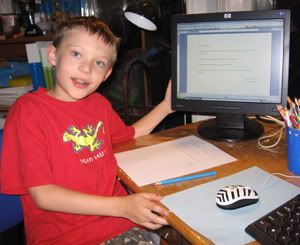 If you like the idea of unschooling but would still prefer to stick to a loose curriculum or teach certain basics, then you can set a schedule to allow you to teach according to a curriculum for part of the day and allow your kids to explore freely for the rest of the day. This is the eclectic homeschooling style where you take ideas from a variety of teaching methods and mix them to create your own. You may find that something you are teaching your kids really interests them and you might consider letting them go off on that tangent rather than stick to your schedule.
If you like the idea of unschooling but would still prefer to stick to a loose curriculum or teach certain basics, then you can set a schedule to allow you to teach according to a curriculum for part of the day and allow your kids to explore freely for the rest of the day. This is the eclectic homeschooling style where you take ideas from a variety of teaching methods and mix them to create your own. You may find that something you are teaching your kids really interests them and you might consider letting them go off on that tangent rather than stick to your schedule. Because unschooling has no rigid structure or rules, you can make it what you want (or need) it to be. If your children simply want to play video games all day, then adding a little more restrictions to the school day (like no TV between certain hours) may be in order. If you are having a hard time getting them to want to explore new subjects, you may consider building more structure into their school day (before you do though, check out Developing an Unschooling Plan). However, the more restrictions you place on your children and their education, the less you are unschooling and the more you are boxing them in, metaphorically.
Offer plenty of opportunity to explore
The idea of unschooling is to provide your children with plenty of opportunity to explore and hopefully they will lead their own education in a positive way. If they are getting bored or acting like they don't want to learn, then you simply need to fill their lives with more to explore, rather than trying to place more restrictions on them. This can be remedied by going on a field trip, watching the National Geographic channel, going to the library, doing an art project, cooking together, or simply studying the bugs you find in the backyard. Be sure to ask your child what he or she would like to learn. If they say they really just want to play video games, maybe you can research how video games work on the Internet together. It might actually interest them to know what's behind the games they play. Be creative and together you and your children will have fun and learn a lot along the way.
Benefits of unschooling
Children learn best when they are allowed to ask questions and explore. That is why unschooling is so appealing to many home-schoolers. You are not sticking to a rigid schedule set by state and federal standards which may or may not apply to what your child needs and wants to know.
And imagine not having to deal with the constant arguments and struggles associated with the typical school setting. Because unschooling allows your children to determine their own education, they will be having fun and will be very interested in what they are learning because it is what they want to learn. Also spending more time on hands-on learning rather than filling out workbook pages or tests will increase retention of what is studied. When you consider the ultimate goal of an education, that is to make sure your child actually learns something useful, then unschooling will get you there with the proper plan.
 Physically planting a seed and watching it send out roots and shoots teaches children so much more than reading about how a plant grows in a book (especially for children who have dyslexia and have a hard time reading).
Physically planting a seed and watching it send out roots and shoots teaches children so much more than reading about how a plant grows in a book (especially for children who have dyslexia and have a hard time reading). 